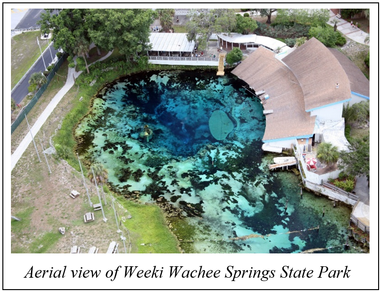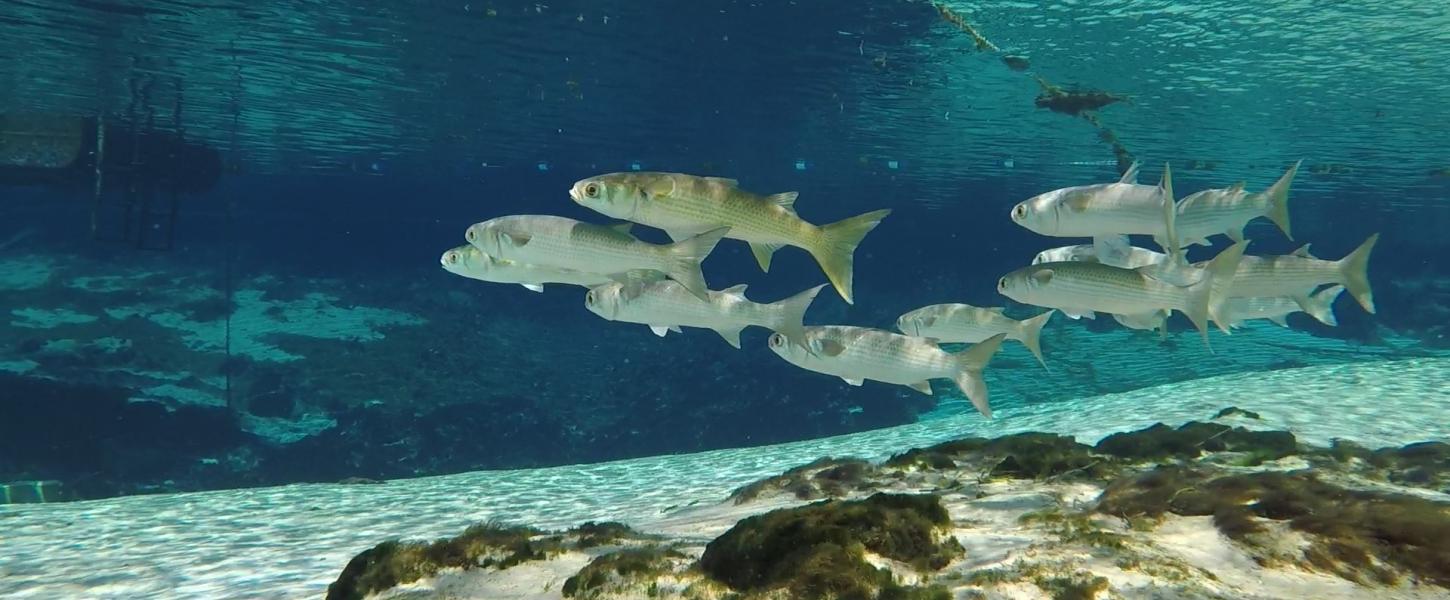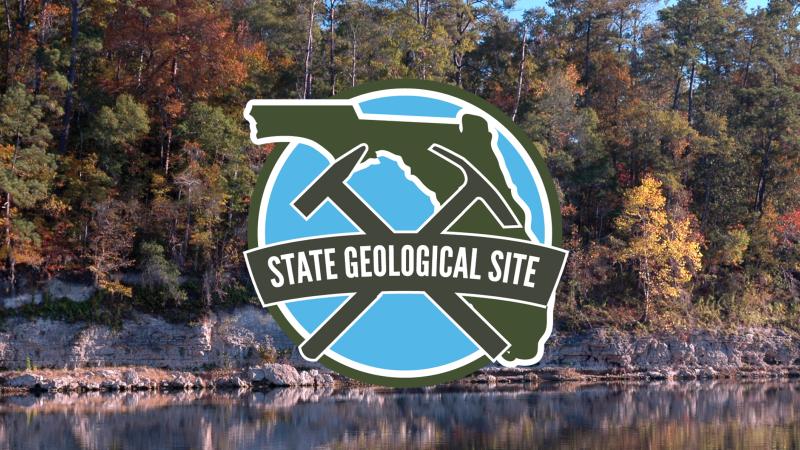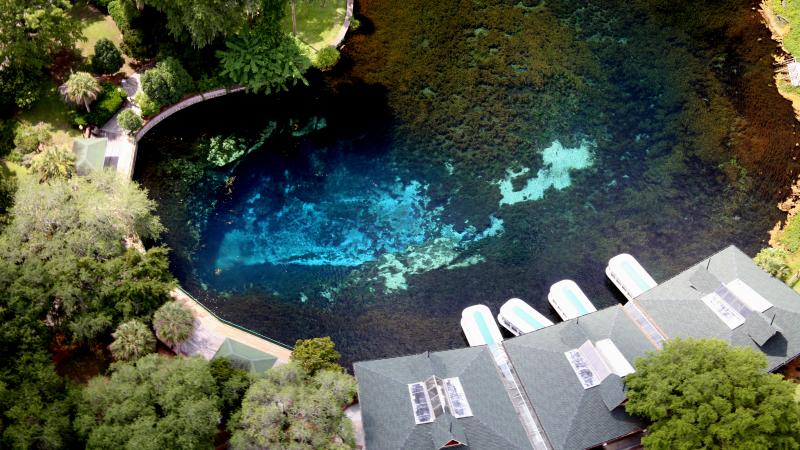
Geology of Weeki Wachee Springs State Park

Over 100 million gallons of groundwater flow out of this first magnitude spring each day – enough to fill 150 Olympic-size swimming pools each day.
Visitors to Weeki Wachee Springs enjoy geologic wonder as they watch the park’s famous mermaid shows, take a scenic river boat tour or splash into the clear water of the park’s namesake spring.

The natural beauty of Weeki Wachee provides as much magic as the mermaids. The spring water bubbles up clear and cold, filling the spring run that flows through the semitropical forest of palm, laurel oak, sweetgum and magnolia.
The water originates from limestones of the Floridan aquifer system, one of the world’s most productive aquifers, that spans Florida and parts of neighboring states.
Rocks belonging to the Suwannee Limestone are exposed along the edges of the spring pool aboveground, in the spring and along the Weeki Wachee River. The Suwannee Limestone is a tan to light brown fossiliferous limestone deposited between 34 to 28 million years ago in the warm marine waters of the early Oligocene Epoch. Dolostone, a form of limestone that has been altered by magnesium-rich water, may also be present.
The limestones are formed into rock over geologic time by the slow lithification of the many accumulated layers of fossil remains from sand dollars, sea biscuits, clams, snails, single-celled organisms called foraminifera and algae - all made of calcium carbonate.
Calcium carbonate can be slowly dissolved by water, which is naturally weakly acidic. This slow dissolution of limestone creates and enlarges pores in the rock, resulting in a sponge-like appearance. Water in the aquifer flows through those pores.
The continued enlargement and eventual connection of those pores creates conduits, which can be large enough for divers to swim through, such as the large conduit cave system explored by divers at Weeki Wachee Spring. Cave divers have explored the spring’s system of conduits to over 400 feet below land surface.
The process of dissolving limestone results in a special topographic landscape called karst. Karst topography is defined by the presence of springs, sinkholes, caves and disappearing and reappearing streams, all of which are found near Weeki Wachee Springs State Park.


